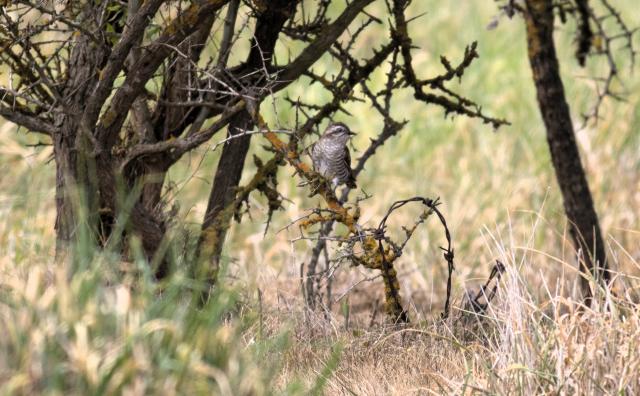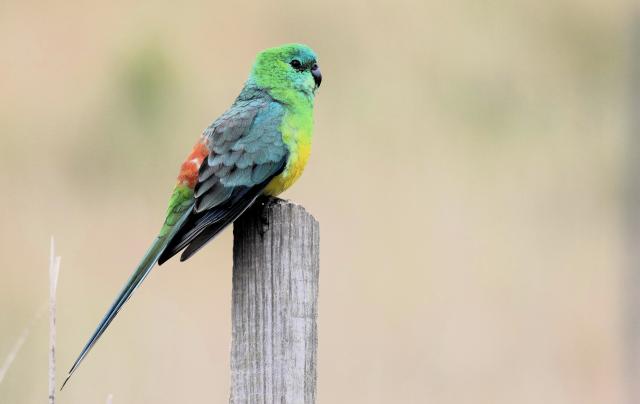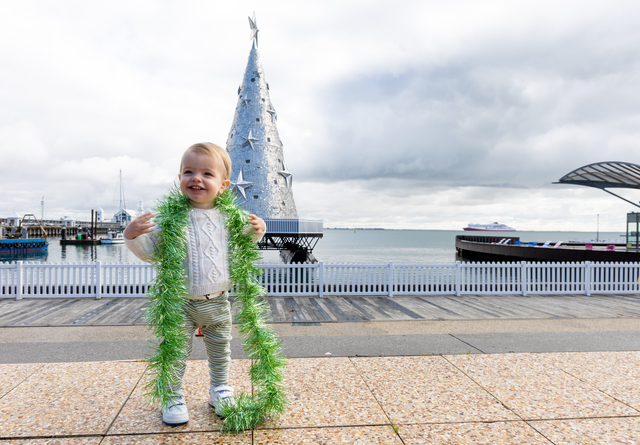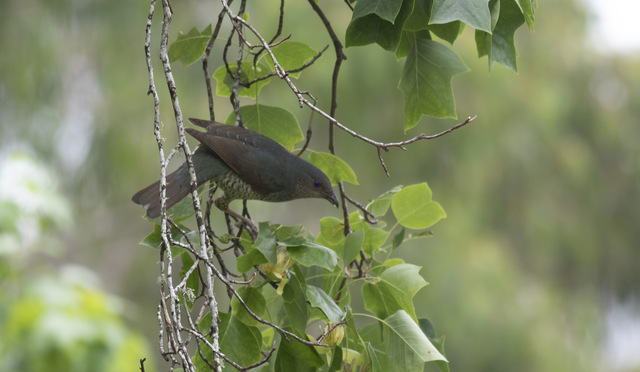There has been some glorious spring weather on the Bellarine Peninsula, but it would be nice to experience some rain.
At least the weather has been lovely for the school holidays.
I have not had much time to go out and about but did have one drive on my way to work via Lake Connewarre.
At Hospital Swamp the red-rumped parrots are nesting in their regular spots in the hollows of fence posts.
I also saw three Horsfield’s bronze-cuckoos. These small birds are brood parasites where they lay their eggs in the nests of other small birds, such as fairy-wrens and thornbills, so they are very active at this time of the year. These cuckoos are a partial migrant, in that they move to breeding areas in south-eastern Australia during winter and spring and then move north in late autumn.
The thornbills or fairy wrens or other nesting birds then unwittingly incubate the cuckoo egg and feed the young, sometimes for up to several weeks after it fledges.
I received a lovely message that made me green with envy, from Doug, who lives in Ocean Grove.
Doug has just returned from Queensland where he was fortunate to spot two of his ‘target’ birds, namely a Pacific baza at Rockhampton Gardens and a noisy pitta at Mary Cairncross Reserve, which is near the Glasshouse Mountains. Doug said that he got some great views of the Pacific Baza, which is good as they are very unusual looking birds.
The Pacific baza is a bird of prey belonging to the hawk family, that is slim-bodied, with a narrow head, yellow eyes and a feathered crest. I saw this species last year at the Cairns Botanical Gardens but just got a glimpse before it flew away, so I would love to get some good views of this species. Noisy pittas are ground dwelling and colourful birds that are found in Northern Australia and New Guinea, and are hard to spot as they prefer dense, dark forest habitats.
I received a message from Carole from Ocean Grove, who loves hooded plovers and birds in general.
She spotted a family of black swans and their five cygnets in the pond in Holburn Rise in Ocean Grove.
A few days later I was walking on Coastal Boulevard and the swan family was crossing the road at the roundabout leading to Gambier Street and fortunately the cars were banked up allowing them to cross the road.
I was surprised that the swans did not stay in the big ponds on Holburn Rise and Coastal Boulevard. I can only suppose that there was not enough food or safe shelter in those two areas.










